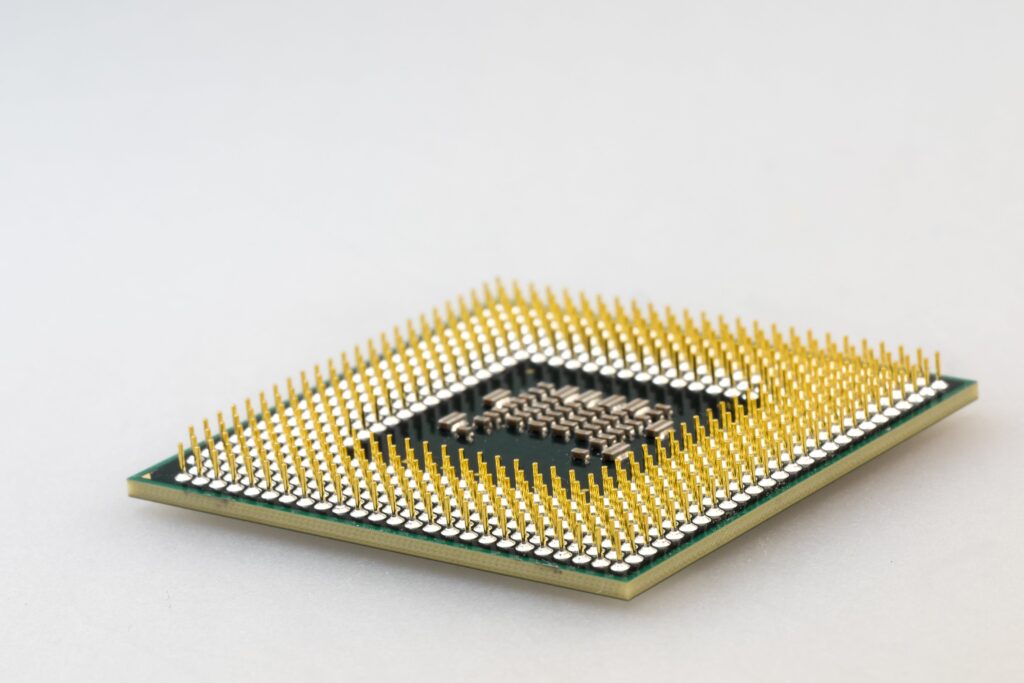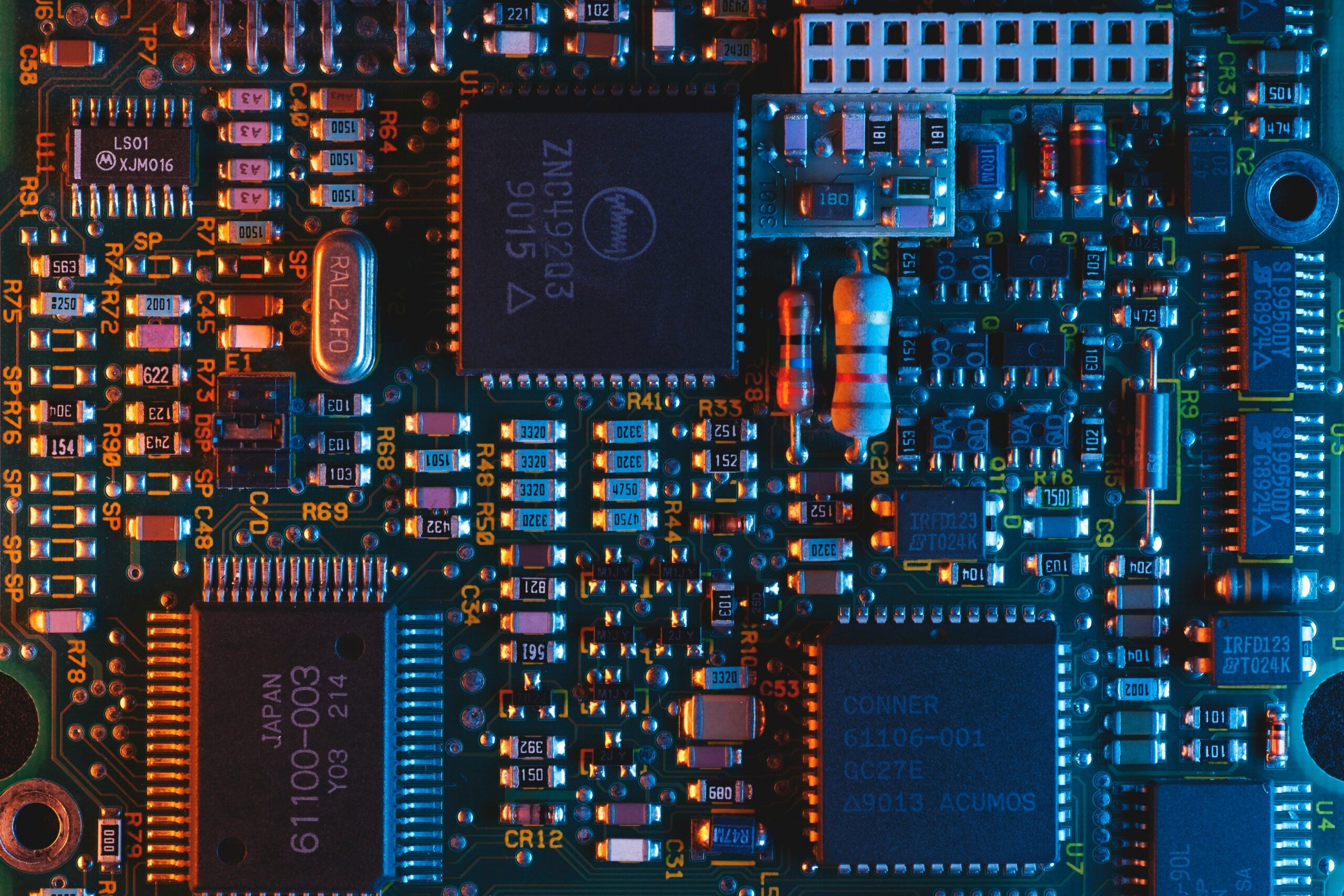
In an age where technological advancements leapfrog one another, AI and machine learning are shaping a future where distinguishing reality from fabrication becomes a formidable challenge. This deep dive explores the potential consequences of AI’s rapid evolution, particularly its impact on cybersecurity, identity protection, its deception and our grasp on truth.
The New Face of Deception
Remember when creating a phony social media profile was as simple as stealing a profile picture? That era is fading. Advanced reverse image search tools have made it easier to debunk impostors. Yet, AI ushers in a more sophisticated era of fraud. Websites like ‘This Person Does Not Exist’ showcase AI’s ability to fabricate faces that are completely untraceable, raising the bar for fraud detection.
With video calls now a staple for everything from online learning to job interviews, the potential for deception has skyrocketed. Facial swapping technology can now create convincingly altered videos, inserting any individual into any scenario. This technology, known as ‘deepfakes’, is capable of face replacement, mimicking expressions, lip-syncing, and even replicating entire body movements. While amusing in a creative context, the darker side looms large – imagine being falsely depicted in a criminal act or an inappropriate situation, with the environment and conditions meticulously fabricated.
Neural Radiance Fields (NRF) technology further complicates matters. This technique can create photorealistic scenes of real-world locations, manipulating them with eerie precision. Even more unsettling, AI advancements allow for the modification of these scenes across different times of day and seasons, presenting a chilling prospect for evidence tampering.
The Theft of Voice and Identity
Beyond visual deception, AI’s capability to replicate voices adds another layer of complexity to identity theft. Technologies like Descript’s OverDub, using Lyrebird technology, can synthesize a voice from a handful of samples. While this has led to intriguing audio experiments, it also paves the way for voice fraud, already evidenced in a case where a CEO was deceived into transferring a large sum of money.
Fingerprint Fraud: A New Frontier
Fingerprints, long considered a bedrock of personal identification, are no longer safe from AI’s reach. ‘DeepMasterPrints’, developed using neural networks, are artificial fingerprints that can dupe biometric systems. By exploiting the limited scope of fingerprint scanners and the commonality of certain print features, these AI-generated prints pose a significant threat to biometric security.
Creativity Under Siege
Once thought to be the last bastion of human uniqueness, creativity is now within AI’s domain. From art to music to literature, AI-generated works are blurring the lines between human and machine creativity. Christie’s auction of an AI-created painting and OpenAI’s MuseNet, capable of composing original music, exemplifies this shift. Furthermore, GPT-3’s ability to produce compelling written content signals a new era in content creation, one where distinguishing between human and AI authors becomes increasingly challenging.
AI and the Threat to Authenticity
The proliferation of AI-generated content and the sophistication of deepfake technology raise profound questions about authenticity and truth in the digital age. From manipulated images and videos to synthetic voices and fingerprints, AI’s capability to fabricate reality presents a daunting challenge to security, privacy, and trust.
As AI continues to evolve, safeguarding our digital identities and discerning truth from fiction becomes more critical than ever. We must remain vigilant and adapt our defenses in this escalating battle against AI-fueled deception.
Read More: The Intricacies of AI
Imperial college vpn access
FAQs
How does AI threaten identity security?
AI can fabricate faces, voices, and even fingerprints, making it difficult to verify identities and increasing the risk of fraud and identity theft.
What can be done to protect against AI-generated fraud?
Enhancing digital security measures, staying informed about AI developments, and using advanced verification tools can help protect against AI-generated fraud.
How has AI impacted creativity and the arts?
AI has entered the creative realms, producing art, music, and written content, challenging our perceptions of creativity and authorship.
Is it possible to detect AI-generated content?
While challenging, certain tools and techniques can help differentiate AI-generated content from human-created content, though this is an evolving field.

